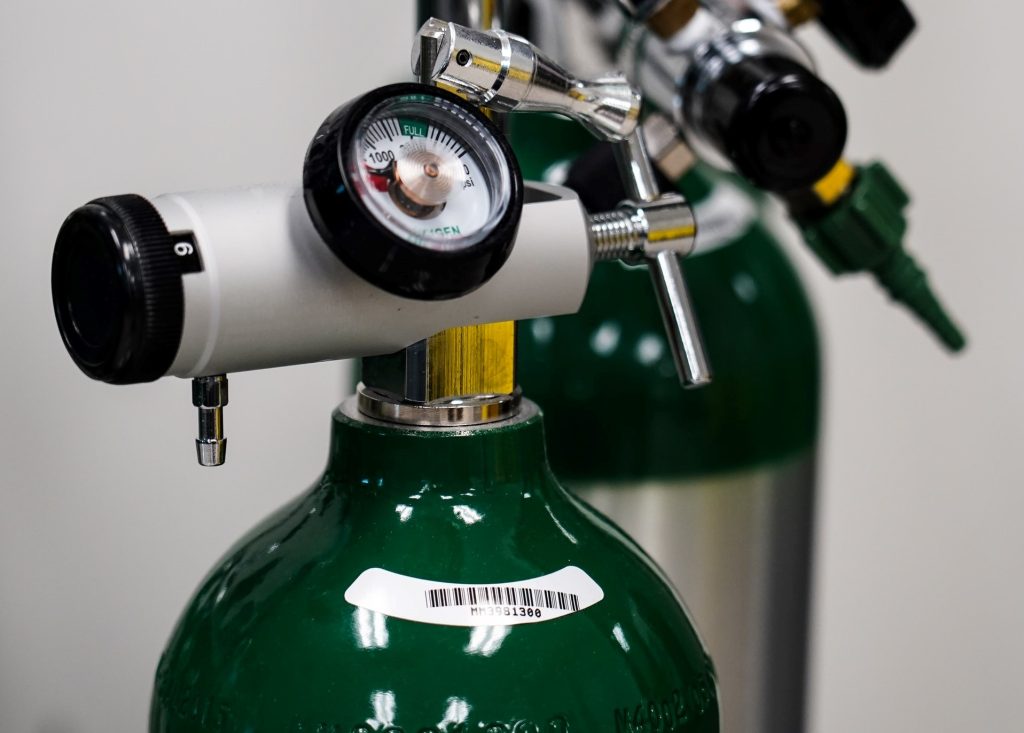
COVID patients hospitalised for acute respiratory distress syndrome (ARDS) are less likely to need endotracheal intubation with prone positioning, but evidence is inconclusive for other outcomes such as mortality, suggests an in-depth analysis of the latest evidence published by The BMJ.
Since the 1970s, prone positioning has been standard care for patients with severe ARDS as it encourages a larger part of the lung to expand, enabling bigger breaths.
Usually, it is done for critically ill patients who are sedated and intubated. But in February 2020, reports emerged of possible benefits from prone positioning of awake COVID and it was widely adopted.
Since then, several studies have examined its effectiveness in awake COVID patients , but results have been conflicting.
To try and resolve this uncertainty, researchers trawled databases for randomised trials comparing awake prone positioning to usual care for adult COVID patients with hypoxaemic respiratory failure.
They found 17 suitable trials, 12 with no bias risk, involving 2931 non-intubated patients who were able to breathe unassisted and who spent an average of 2.8 hours per day lying prone.
The primary outcome was endotracheal intubation, and secondary outcomes included mortality, ventilator-free days, intensive care unit (ICU) and hospital length of stay, change in oxygenation and respiratory rate, and adverse events.
High certainty evidence from a pooled analysis of 14 trials showed that awake prone positioning reduced the risk of endotracheal intubation compared with usual care (24.2% with awake prone positioning vs 29.8% with usual care). On average, awake prone positioning resulted in 55 fewer intubations per 1000 patients.
However, high certainty evidence from a pooled analysis of 13 trials evaluating mortality did not show a significant difference in mortality between the two groups (15.6% with awake prone positioning vs 17.2% with usual care), but the study may have lacked statistical power to detect a difference.
Awake prone positioning did not significantly affect other secondary outcomes either, including, ventilator-free days, ICU or hospital length of stay, based on low and moderate certainty evidence.
Limitations included lack of individual patient data, differences between the targeted and achieved duration of awake prone positioning, and variation in the definition and reporting of certain outcomes across studies.
But further sensitivity analysis supported these results, suggesting a high probability of benefit for the endotracheal intubation outcome and a low probability of benefit for mortality.
As such, the researchers conclude: “Awake prone positioning compared with usual care reduces the risk of endotracheal intubation in adults with hypoxemic respiratory failure due to covid-19 but probably has little to no effect on mortality or other outcomes.”
In a linked editorial, researchers point out that the benefits of prone positioning in COVID patients may be confined to those with more severe hypoxaemia and longer duration of prone positioning, so say it may be wise to focus efforts on these particular groups.
Several unanswered questions remain, including the ideal daily duration of treatment, the level of hypoxaemia that should prompt prone positioning, and how best to improve patient comfort and encourage adherence, they write.
These questions may never be answered definitively in COVID patients as, fortunately, far fewer are experiencing hypoxaemic respiratory failure or critical illness, they explain.
“The pandemic should, however, renew interest and encourage further evaluation of awake prone positioning – an intervention that may benefit a wide range of patients with hypoxaemia,” they conclude.
Source: EurekAlert!

